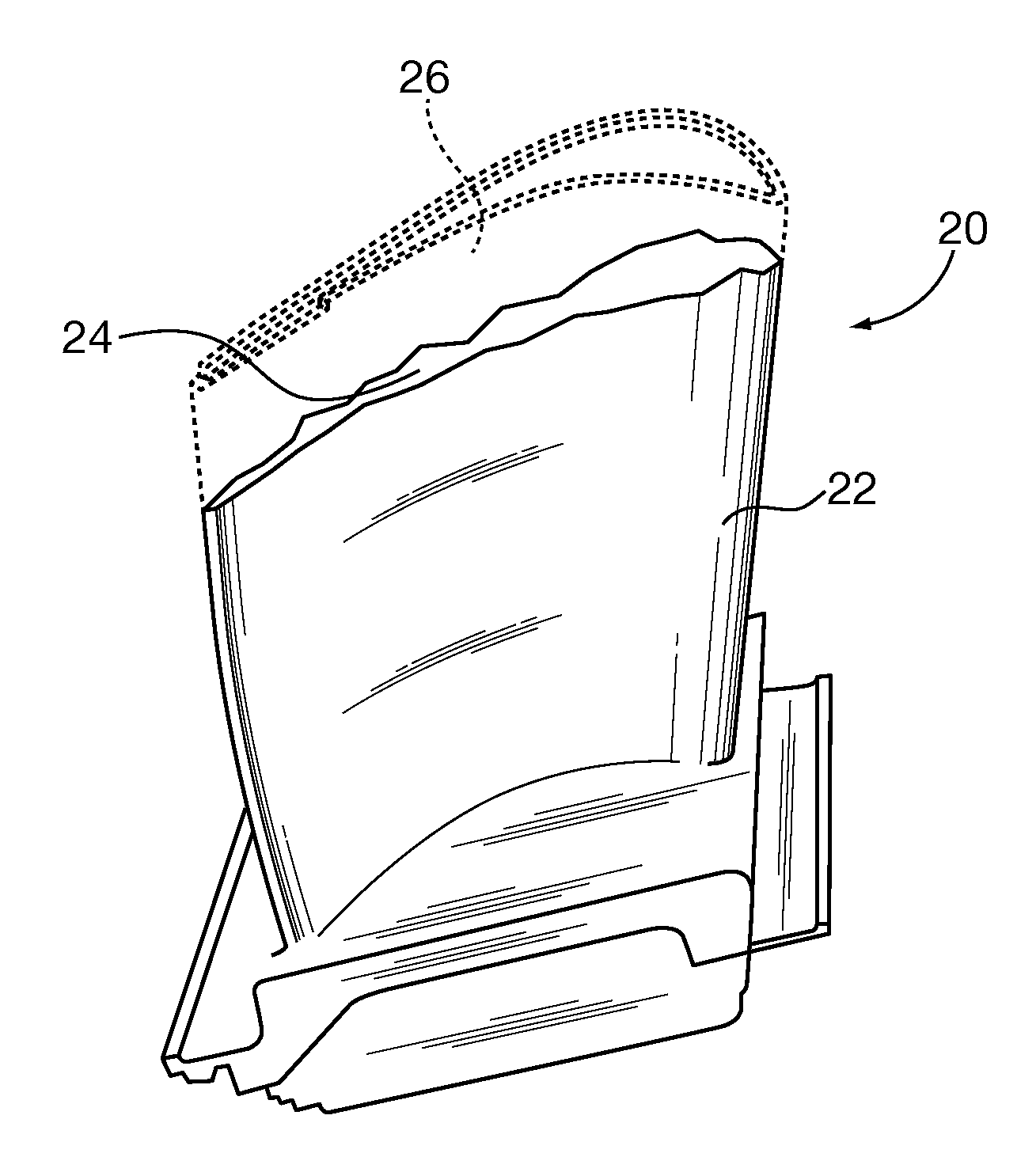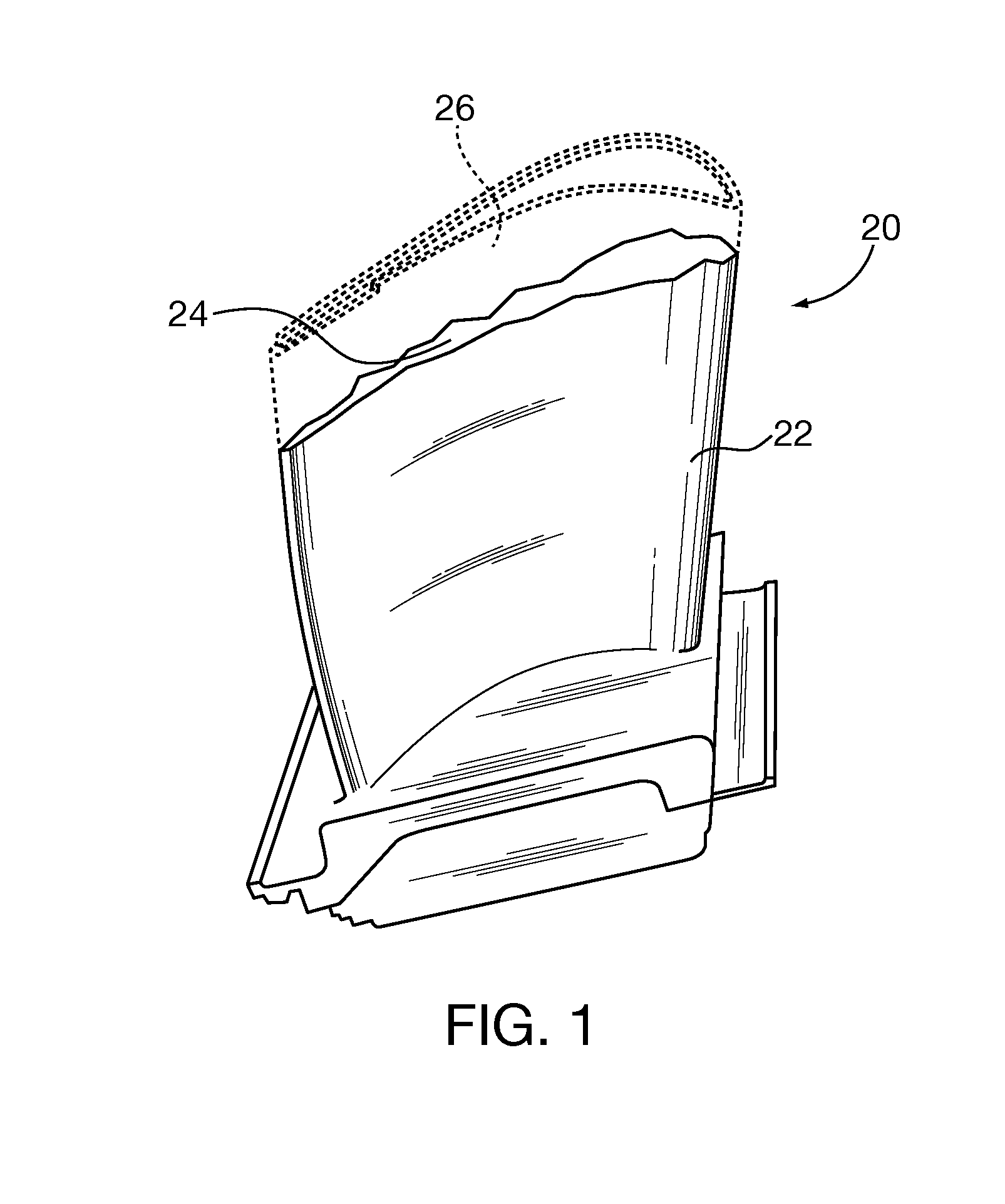Electroslag and electrogas repair of superalloy components
a superalloy and component technology, applied in the direction of blade accessories, waterborne vessels, machines/engines, etc., can solve the problems of difficult structural welding, difficult structural repair or new fabrication of nickel and cobalt based superalloy materials used to manufacture turbine components, and blades that are susceptible to solidification, so as to reduce the scrap rate of damaged components
- Summary
- Abstract
- Description
- Claims
- Application Information
AI Technical Summary
Benefits of technology
Problems solved by technology
Method used
Image
Examples
Embodiment Construction
[0029]After considering the following description, those skilled in the art will clearly realize that the teachings of embodiments of the present invention can be readily utilized in fabricating or repairing superalloy component castings, such as turbine blades and vanes, by an electroslag or electrogas welding process that at least partially replicates the crystal structure of the original cast substrate in a cast-in-place substrate extension. The process re-melts the base substrate surface and grows it with new molten filler material. As the base substrate and the filler material solidify, the newly formed “re-cast” component has a directionally solidified uniaxial substrate extension portion that at least in part replicates the crystalline structure of the base substrate.
[0030]FIG. 1 shows an exemplary turbine blade superalloy casting 20 having a base substrate 22 and a service-degraded eroded surface 24. The dashed lines 26 show the blade 20 original profile that is to be replac...
PUM
| Property | Measurement | Unit |
|---|---|---|
| Structure | aaaaa | aaaaa |
| Electrical conductor | aaaaa | aaaaa |
| Crystal structure | aaaaa | aaaaa |
Abstract
Description
Claims
Application Information
 Login to View More
Login to View More - R&D
- Intellectual Property
- Life Sciences
- Materials
- Tech Scout
- Unparalleled Data Quality
- Higher Quality Content
- 60% Fewer Hallucinations
Browse by: Latest US Patents, China's latest patents, Technical Efficacy Thesaurus, Application Domain, Technology Topic, Popular Technical Reports.
© 2025 PatSnap. All rights reserved.Legal|Privacy policy|Modern Slavery Act Transparency Statement|Sitemap|About US| Contact US: help@patsnap.com



